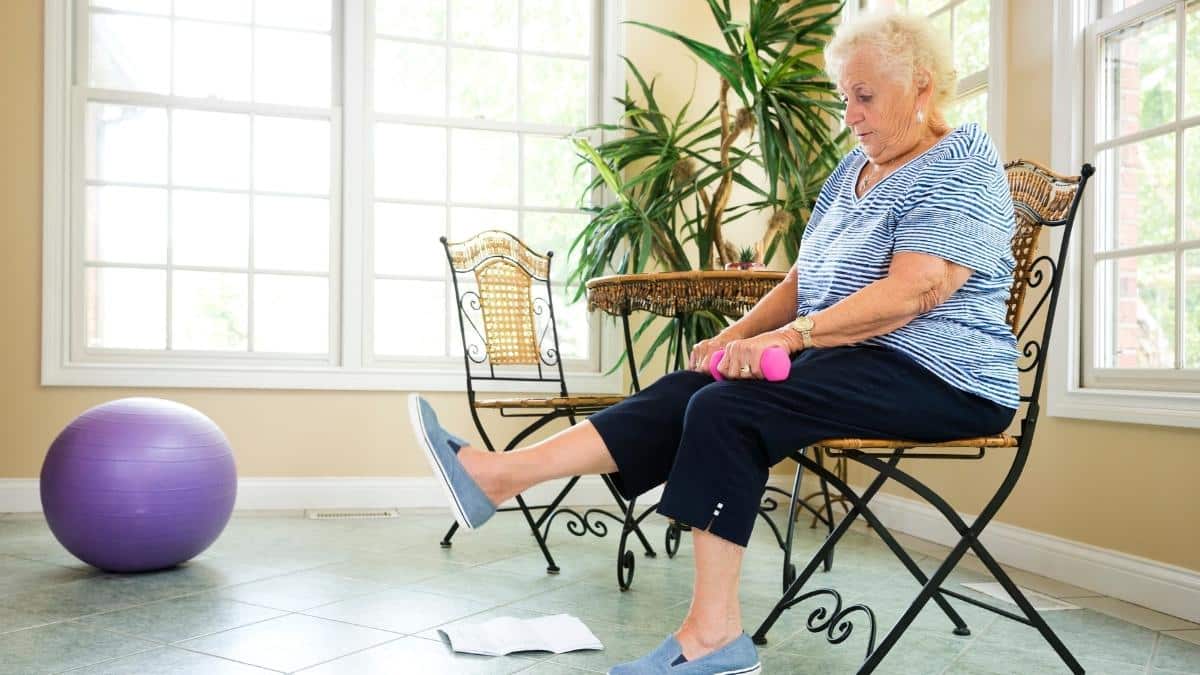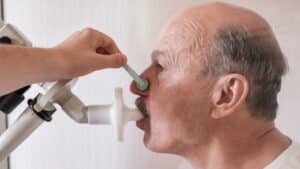If you have chronic obstructive pulmonary disease, or COPD, exercise may be the last thing you want to do.
You’re already tired to begin with, so the idea of working up a sweat probably isn’t too appealing. Plus, when you’re short of breath, doing something that makes it even harder to breathe seems like it would do more harm than good.
However, the COPD Foundation shares that, as long as your doctor says it’s okay, exercise is encouraged. Not to reverse your lung disease, because it can’t, but because it can “change the way you feel, breathe, and function,” ultimately giving you a higher quality of life.
Admittedly, if your COPD is advanced enough that you’re on oxygen, this may make it harder to engage in physical activity, but it certainly doesn’t make it impossible to get some fitness into your life.
Here are three things you can do (after you get your doctor’s approval, of course) to build your strength and endurance, even if you have an oxygen tank.
1. Do Leg Exercises
Do leg exercises that don’t require you to move around, such as leg extensions or calf raises. These movements can help you build muscle in your lower body so it’s easier to get around.
2. Do Arm Exercises
Do arm exercises that don’t require a lot of movement, like bicep curls and triceps extensions. You’ll likely find it easier to move your oxygen tank over time because you’ll get stronger.
3. Do Slow, Low-impact Cardiovascular Exercises
Perform slow, low-impact cardiovascular exercises to build your endurance without being too taxing on your lungs. Some options to consider include yoga, tai chi, or riding a stationary bike at slower speeds.
Be sure to continue to breathe slowly during your exercises and, if you start to feel worse, stop immediately and don’t work out again until you see your doctor for clearance.
Also, when getting approval to exercise, your doctor may suggest that you change the oxygen flow rate during your workout sessions. However, you should never do this without talking to your doctor first and being told what that flow rate change should be.

Christine Kingsley, APRN is the Health and Wellness Director at the Lung Institute where she focuses on providing helpful online resources for people looking for information on various lung diseases, breathing exercises, and healthy lifestyle choices. She advocates for holistic care that involves working with your doctor to explore all options including traditional and alternative care while focusing on diet and exercise as proactive measures.









